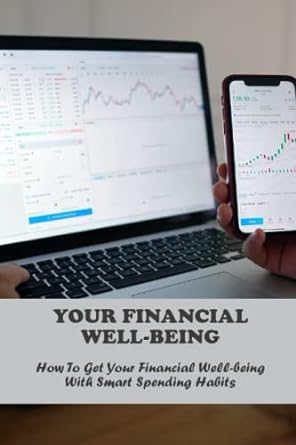Question
British Bank has been given the opportunity to buy a large number of US dollar-denominated bonds issued by British Energy Enterprises (BEE), a triple-B rated
British Bank has been given the opportunity to buy a large number of US dollar-denominated bonds issued by British Energy Enterprises (BEE), a triple-B rated British utility company. This would amount to a principal amount of $100 millionbut the bonds are currently trading in the market at a discount.
The bonds carry a fixed annual-pay coupon of 6 per cent and have exactly five years to maturityso the first coupon you will receive from buying the bonds is one year away. There is no accrued interest.
The bonds are being offered to British Bank at 84.837 per cent of par. At this price, the yield-to-maturity on the bonds is 10 per cent.
Unfortunately, British Bank, although interested in the opportunity, would want to hold a floating rate asset, not a fixed-coupon bond.
However, the Quantum Investment Bank (QIB) has offered to repackage the bonds for British Bank as synthetic floating rate notes via a special purpose vehicle (SPV).
The deal is as follows: British Bank will provide $100 for each bond purchased and will receive LIBOR, as the floating rate, plus a 20 basis points spread (0.20 per cent) over the reference rate for the five years, plus a repayment of the $100 principal at maturity. These floating rate payments will take place at the end of each year (i.e. annually) to match the payments on the bond and up to and including the final maturity at the end of year 5.
The terms and conditions in the US dollar interest-rate swaps market are given below:
Par Swaps Curve
Maturity : Par swaps rate against LIBOR
1 Year: 9.50%
2 years: 9.59%
3 Years: 9.62%
4 Years: 9.69%
5 Years: 9.70%
LIBOR: London Interbank Offered Rate (the reference rate for the floating side of the swap) Swap interest rates are annual pay.
-
Analyse the synthetic floating rate note offer for value. Explain and show how the cash flows of the transaction add or do not add up. In doing this, you might like to briefly comment on the following issues/questions:
a. Is the transaction a reasonable one from British Bank's perspective or is the Quantum Investment Bank using its superior knowledge of financial engineering and derivatives to exploit the bank?
b. Take into account in your thinking that British Bank is not a sophisticated user of derivatives.
c. Is any mispricing (i.e. deviation from fair value) significant and what are the advantages/disadvantages of British Bank entering into the synthetic being offered by Quantum Investment Bank?
d. Explain and show how QIB has structured the deal. (Remember: follow the cash!)
Step by Step Solution
There are 3 Steps involved in it
Step: 1

Get Instant Access to Expert-Tailored Solutions
See step-by-step solutions with expert insights and AI powered tools for academic success
Step: 2

Step: 3

Ace Your Homework with AI
Get the answers you need in no time with our AI-driven, step-by-step assistance
Get Started


